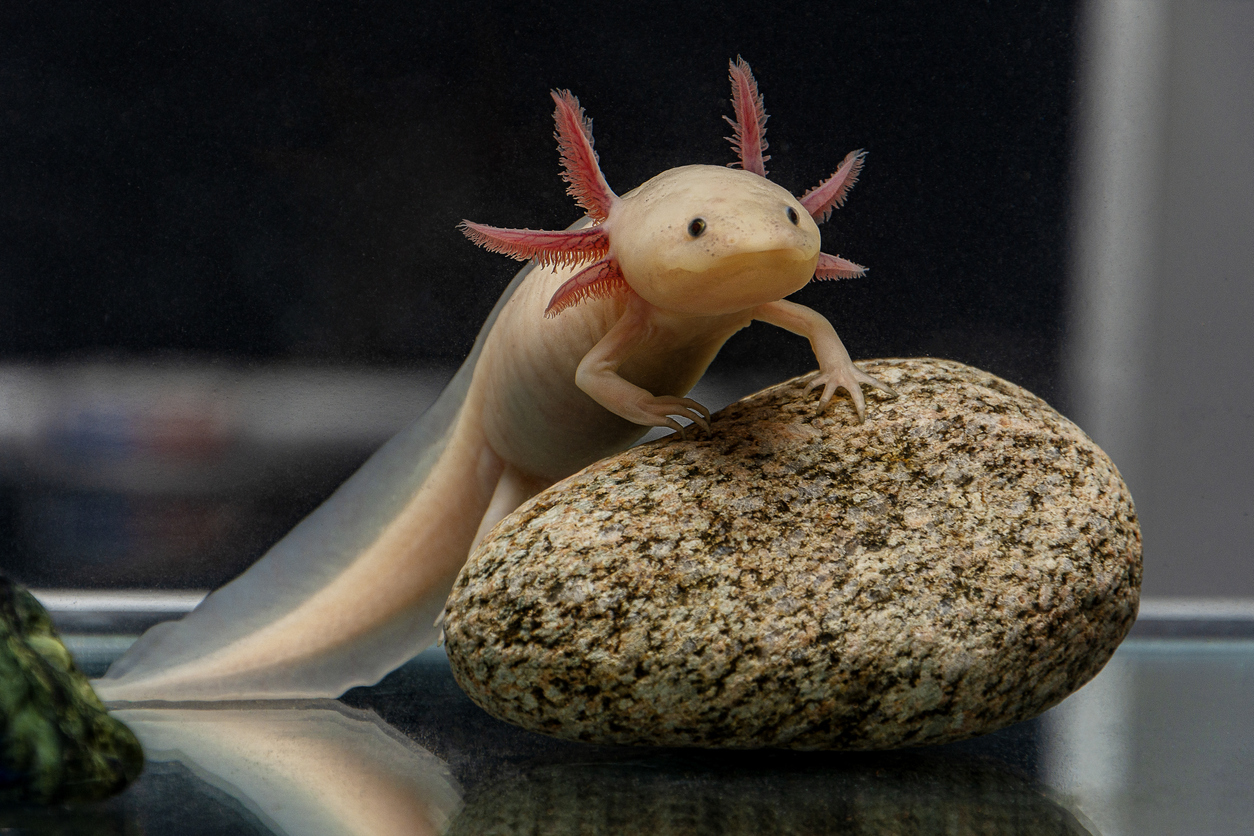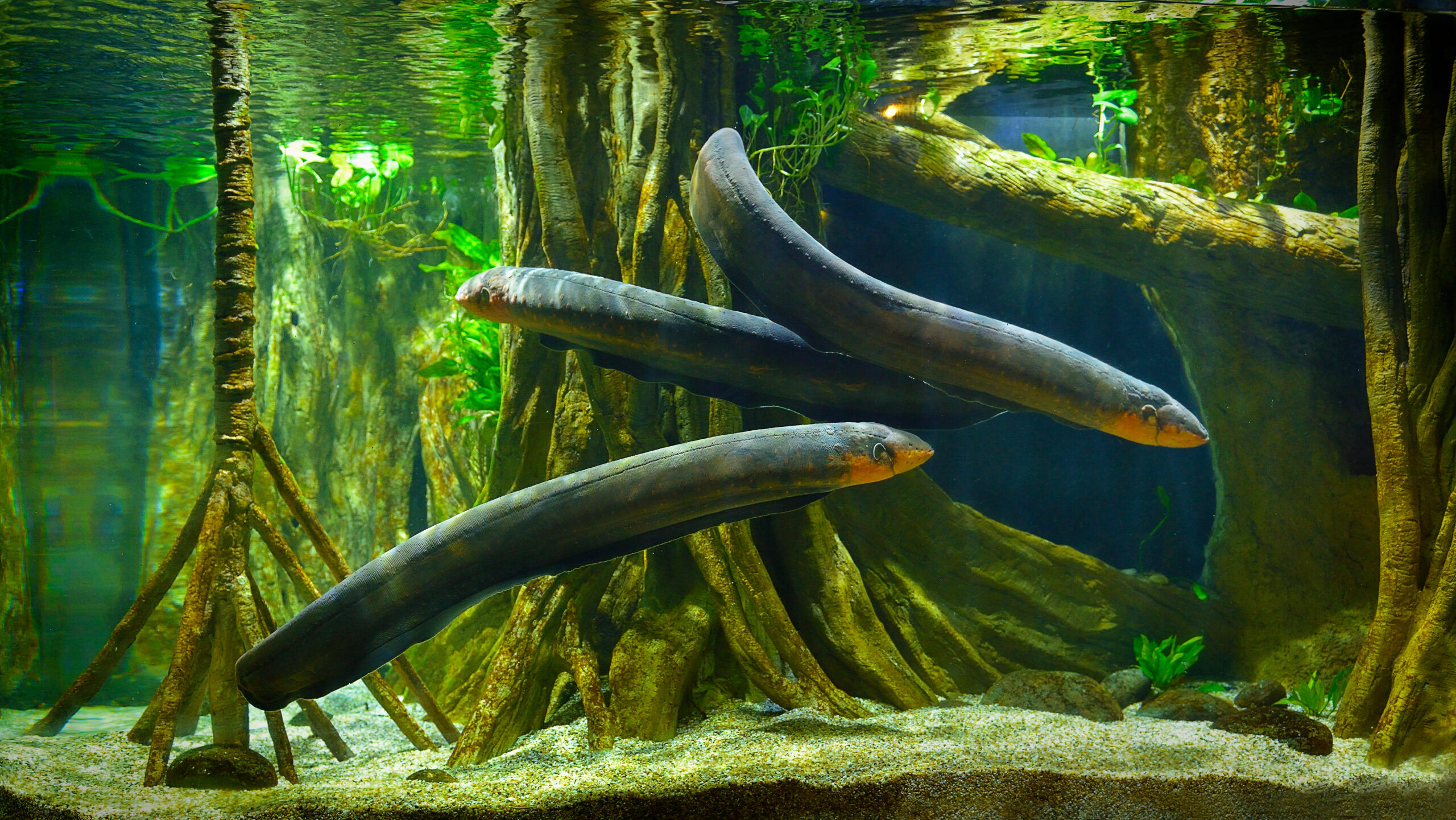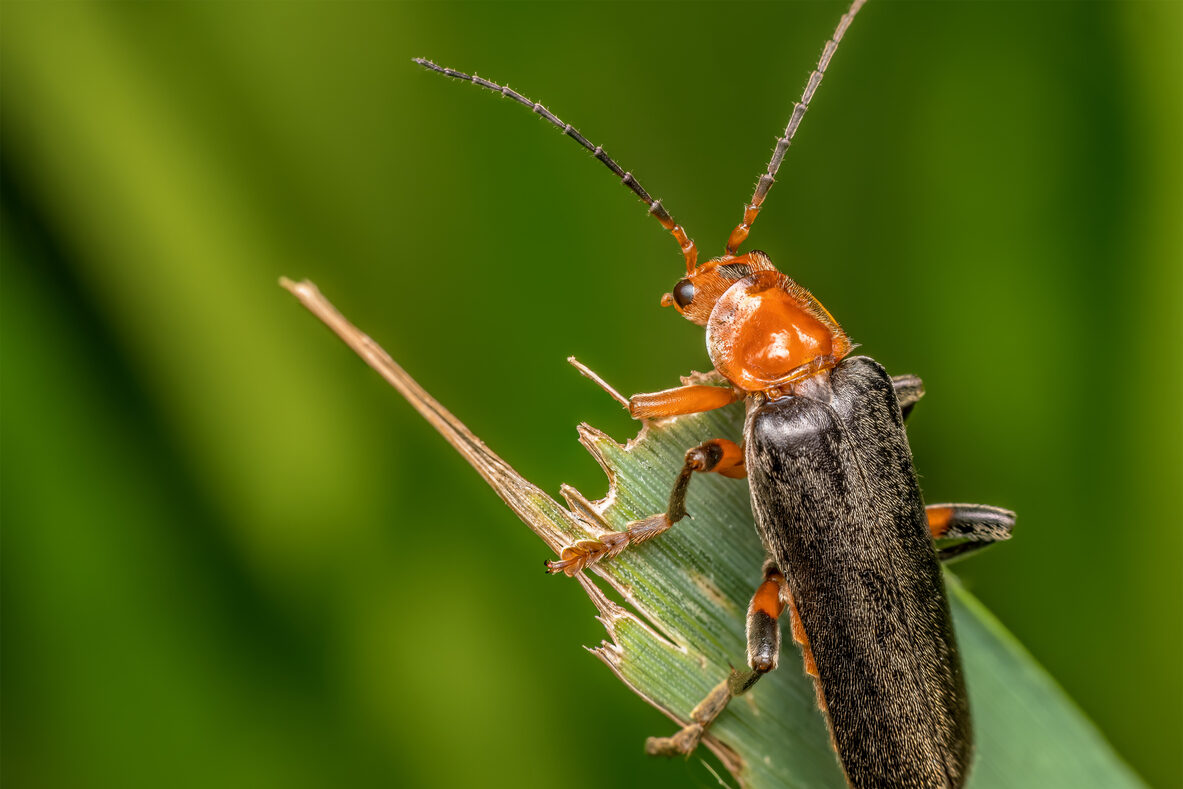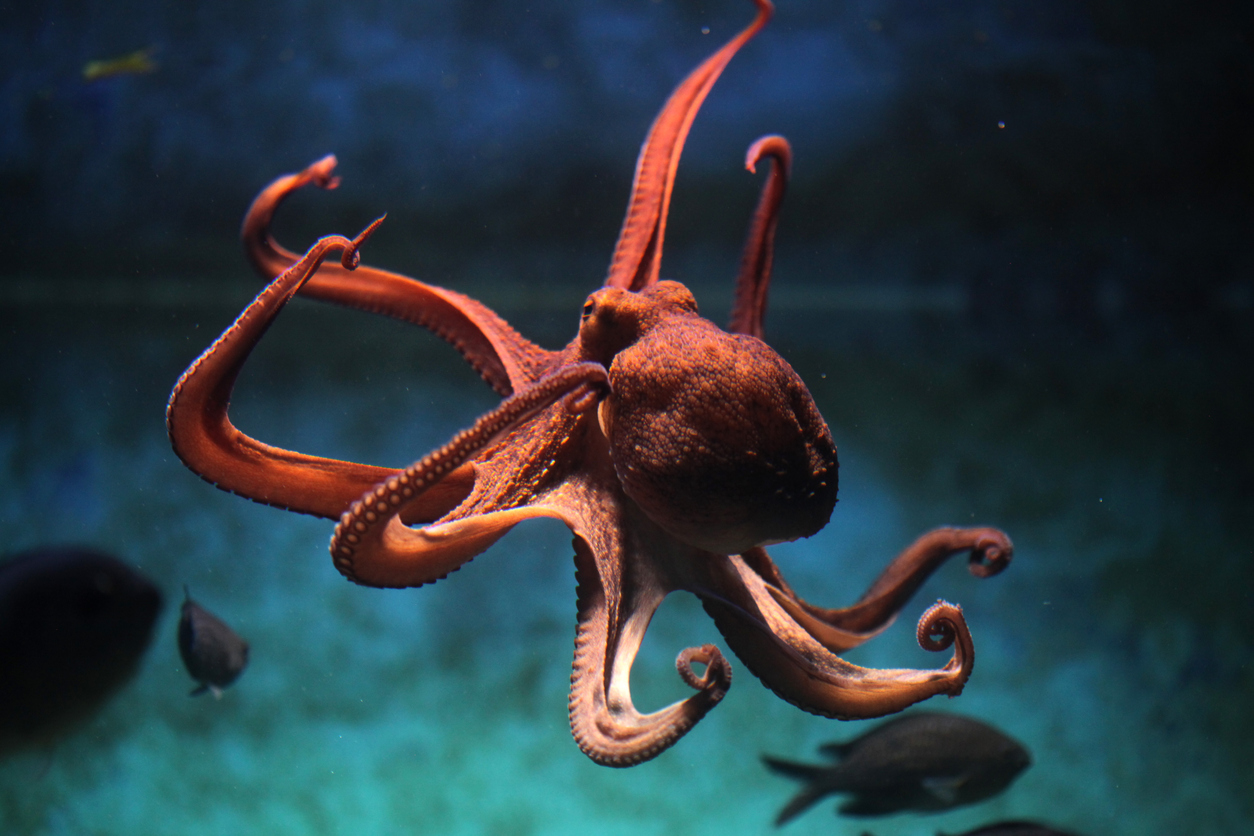The Jellyfish

What if you could hit a cosmic reset button and start life over whenever things got tough? The immortal jellyfish (Turritopsis dohrnii) can. When stressed, injured, or aging, it reverts its adult body back to a juvenile stage—a process called transdifferentiation. No aging, no death by natural causes, just a full biological reboot. Unless it’s eaten or physically destroyed, this jellyfish can theoretically live forever.
Small and unassuming, it’s found in oceans around the world and has scientists fascinated. Cracking its secret could lead to breakthroughs in reversing aging or treating degenerative diseases. While we search for ways to slow time, the immortal jellyfish quietly rewrites its own.
The Tardigrade

Imagine something so small you’d need a microscope to see it—yet so tough it can survive space, boiling water, and being frozen for decades. Meet the tardigrade, aka the water bear. It may look like a chubby caterpillar in a onesie, but don’t be fooled—this nearly indestructible creature can enter cryptobiosis, a state where it shuts down almost completely and shrugs off radiation, dehydration, and even the vacuum of space.
Scientists have zapped them, frozen them, boiled them, even shot them out of a gun—and they just keep coming back. If Earth ever collapses, tardigrades might be the last ones standing, ready to rebuild. Wildest part? They’ve been pulling off these survival stunts for over 500 million years. Makes your morning routine feel a little less impressive, right?
The Axolotl

Imagine losing a limb—and growing it back, no scars, no sign it was ever gone. For the axolotl, a smiling amphibian from Mexico, regeneration is just business as usual. Lose a leg, damage the spine, injure the heart? It all grows back, good as new. These creatures don’t just heal—they restore, like hitting a factory reset button.
Axolotls have become stars in regenerative medicine thanks to their powerful stem cells, which rebuild organs and limbs without leaving scar tissue. Scientists hope their abilities could unlock breakthroughs in human healing. The catch? They never grow up, staying in their juvenile form forever. But with skills like that, who needs adulthood anyway?
A celebrity in regenerative medicine
The Mantis Shrimp

The mantis shrimp is like the peacock of the sea—if the peacock were also a lethal fighter. With the most complex eyes in the animal kingdom, it can see polarized light and 12 color channels, giving it vision far beyond human capability. But those dazzling eyes are paired with serious firepower: its club-like limbs strike as fast as a bullet, powerful enough to crack shells—and even aquarium glass.
Some mantis shrimp punch, others stab with spear-like arms, but all deliver destruction with style. Their blows are so fast they create tiny underwater shockwaves, producing flashes of heat and light. It’s a rainbow-colored predator that’s both deadly and dazzling—like a superhero with knockout power and a flair for the dramatic.
The mantis shrimp packs a punch faster than a bullet
The Platypus

The platypus already looks like nature couldn’t make up its mind—duck bill, beaver tail, lays eggs. But the weirdness doesn’t stop there. Male platypuses have venomous spurs on their legs, and while the sting isn’t deadly to humans, it delivers pain that even morphine can’t ease. Add in that they glow under UV light, and you’ve got a creature that feels more sci-fi than real.
Scientists are studying their venom for potential diabetes treatments, because of course this bizarre little mammal is also medically useful. Egg-laying, venomous, biofluorescent—and somehow still cute—the platypus doesn’t follow the rules of biology. It rewrites them entirely.
Male platypuses have venomous spurs on their hind legs.
The Electric Eel

Electric eels are nature’s living power plants. These South American fish can generate up to 600 volts of electricity—enough to stun large animals or light up a small LED display. Their bodies work like rows of biological batteries, allowing them to send out controlled shocks for hunting, navigation, communication, and defense. Though they look like snakes, they’re actually a type of knifefish—streamlined, stealthy, and electrically charged.
What makes them even more impressive is their ability to adjust the strength of their shocks. A light zap can help locate prey, while a stronger jolt acts as protection. They even use low-voltage pulses to sense their surroundings in dark or murky waters. Part predator, part sonar, the electric eel is a powerful reminder of just how inventive nature can be.
These fish Zap at 600 volts of electricity
The Bombardier Beetle

The bombardier beetle may be small, but it packs a fiery defense worthy of an action movie. When threatened, it doesn’t flee—it fires a boiling chemical spray from its rear, triggered by an explosive reaction inside its body. The blast creates a loud pop and can be aimed in nearly any direction, allowing the beetle to fend off predators with rapid, precise bursts.
What’s even more remarkable is how it controls the explosion without harming itself. A specialized combustion chamber and valve system regulate each blast, a natural design so clever it’s inspired engineers developing micro-robots and self-defense tech. Proof that even the tiniest creatures can deliver big ideas—and bigger impact.
The Octopus

With eight arms, three hearts, and blue blood, the octopus already feels like something out of science fiction—but its abilities are even more astonishing. These clever escape artists can squeeze through coin-sized openings, open jars from the inside, and even mimic other sea creatures. One famously slipped out of an aquarium through a drain pipe, vanishing without a trace.
What really sets them apart is their brainpower. Each arm can act independently with its own mini-brain, while the central brain handles big-picture thinking. They solve puzzles, navigate mazes, and may even learn by observation. Add in their instant camouflage skills—changing color and texture in a flash—and you’ve got one of the most advanced, adaptable creatures in the sea. If the ocean ever stages a revolt, the octopus is calling the shots.
The Lyrebird

Last but far from forgettable, the Lyrebird is nature’s ultimate mimic. Native to Australia, this bird can imitate almost any sound it hears—chainsaws, alarms, camera shutters, barking dogs, and other birds—with stunning precision. It doesn’t just repeat noises; it layers them into rhythmic, almost musical performances that echo through the forest like a live DJ set.
Male lyrebirds use these vocal displays to impress mates, blending mimicry into elaborate routines. But it’s more than a show—their mimicry also helps with territory and communication. With some of the fastest vocal muscles in the animal kingdom, they can reproduce even rapid sounds with uncanny accuracy. If the forest ever sounds like it’s playing tricks on you, chances are a lyrebird is behind the soundtrack.


